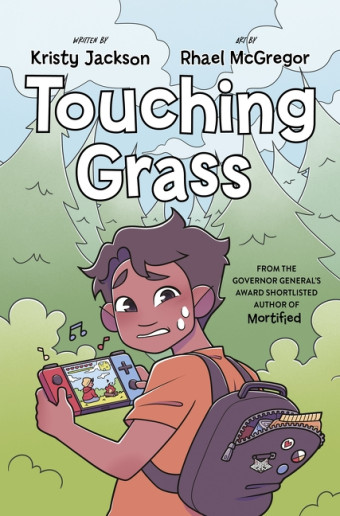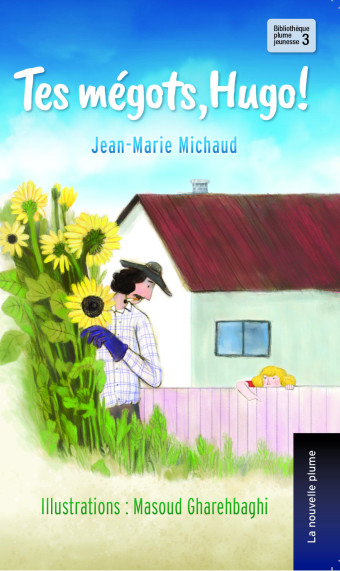Karen Spafford-Fitz has loved books and reading all of her life and she has been writing since she was five years old.
“From when I was very young, I loved writing stories. Spinning tales about characters and events that I had made up myself felt decadent and delicious. (It still does!)”
_800_803_90.jpg)
She put writing on the back burner, became a teacher, married, and had two children. While she was at home with her young daughters she was contracted to write educational software based on the elementary language arts curriculum.
“This experience reminded me how much I enjoyed writing, and I particularly lost my heart to writing for young people,” Spafford-Fitz says.
Unity Club, her fifth book, is written for middle-grade readers who are 10 to 14 years old. “Particularly because of the years I spent among elementary and junior high students, I have a soft spot for young people who read with difficulty,” Spafford-Fitz says. She is proud that all five of her books are accessible to reluctant readers.

- Unity Club
- Karen Spafford-Fitz
- Orca Book Publishers
- $9.95 Paperback, 144 pages
- ISBN: 978-14-59817-24-1
Unity Club’s protagonist, Brett, is a junior high school student living in Edmonton with her father. Although her parents have been divorced for three years, Brett’s mother has recently moved to Winnipeg. She’s trying to stay in touch but Brett is not answering her texts.
Keeping busy helps Brett cope, and being president of the Unity Club keeps Brett busy. The Unity Club’s mandate is to make a positive difference. Members volunteer and fundraise in the community and for causes around the world. When a group home is established in the neighbourhood, they knit scarves for the teens living there.
But not everyone welcomes the group home or the kids in it. And very soon after the kids move in, incidents such as graffiti, vandalism, and possibly an attack on an elderly lady lead to a rise in tension and fear, and even the Unity Club members are wondering if the kids from the Blue House are responsible. Even Brett is wondering.
Some of Spafford-Fitz’s books are issue-related – she’s written about parental abduction, bullying, group homes – but they don’t feel preachy.
“For me, the first step in writing stories is to get inside my characters’ heads,” she says. “And so, my protagonists frequently write me letters, telling me about their fears, their deepest secrets, their most pressing needs, et cetera. (‘Dear Karen: You might think you know me, but there are some important things I haven’t told you yet…’)”
“I also write from a place of respect for kids and teens ... I refuse to talk down to them.”Spafford-Fitz likes to write in the first person, and says that speaking in that “I” voice as though she is the main character helps her establish her protagonist’s voice, and shows her how that character would think and react in different situations.
“I also write from a place of respect for kids and teens,” she says. “I refuse to talk down to them, and I believe that when young people are given the relevant facts and information, most will make responsible choices.
“I hope that my respect for young people comes through in my books, and that it helps create an engaging reading experience for them.”












